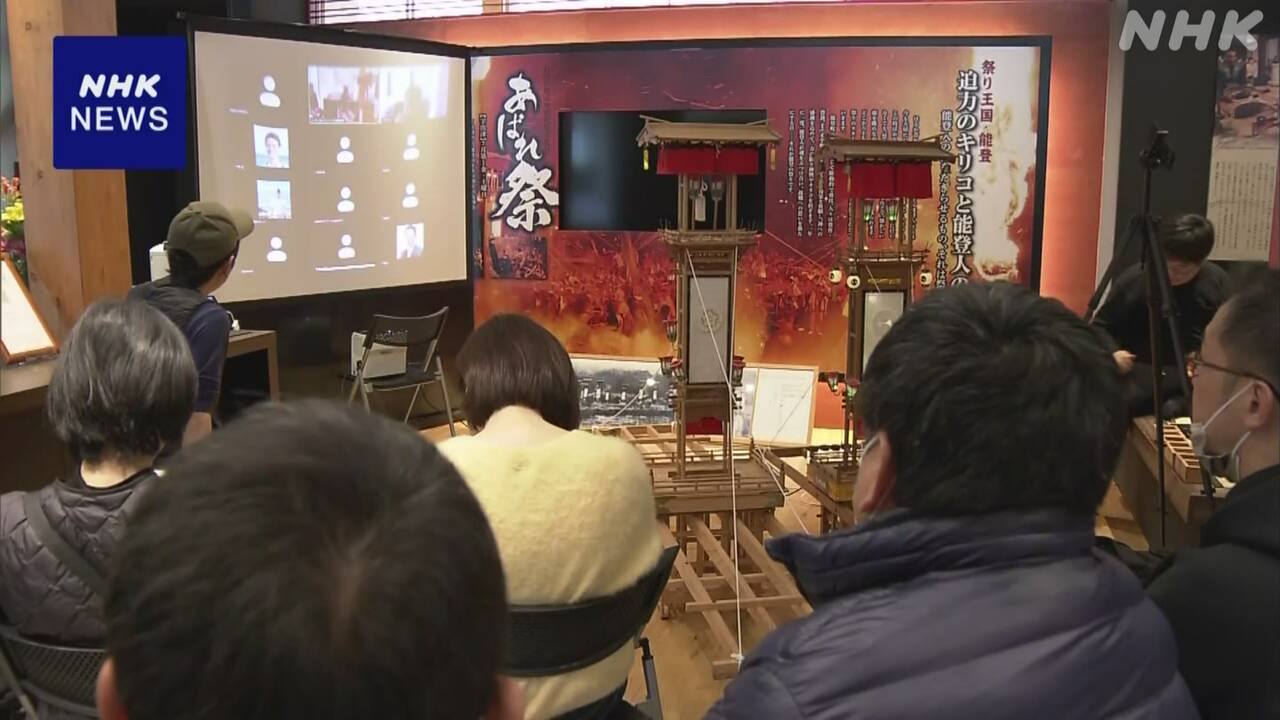Amidst the damage caused by the Noto Peninsula Earthquake and the possibility of holding the traditional "Abare Festival" in Noto Town, Ishikawa Prefecture, a lecture was given by a representative of an organization that worked to preserve the traditional performing arts of Iwate Prefecture in order to make use of the lessons of the Great East Japan Earthquake. A meeting was held.
The ``Abare Festival'' is held every July in the Ushitsu district of Noto Town, where lanterns called ``Kiriko'' are paraded through the town, marking the beginning of the ``Kiriko Festival,'' which is held in various parts of the Noto region. The event is in doubt because the sawmill that makes Kiriko was damaged.
On the 31st, people involved in the festival gathered at the town's community exchange center, and a lecture was held inviting Tadahiko Kikuchi, chairman of an organization in Otsuchi Town, Iwate Prefecture, which worked to rebuild the traditional performing art "Toramai" after the damage caused by the Great East Japan Earthquake. It was done.
One example of this is that the performance of ``Toramai'' at an evacuation center about a month after the earthquake helped build momentum for survival, and that some people who left their hometowns returned during the festival season. It was explained that it is meaningful to continue to protect the community.
Mr. Kikuchi then gave words of encouragement, saying, ``It is difficult to create an environment to hold a festival after the disaster, but if you have the will, you can accomplish it.''
A man in his 40s who attended said, ``This is a festival I've been involved with since I was little, and I'm sad to see it go, so I want everyone to work together to keep it going.''

